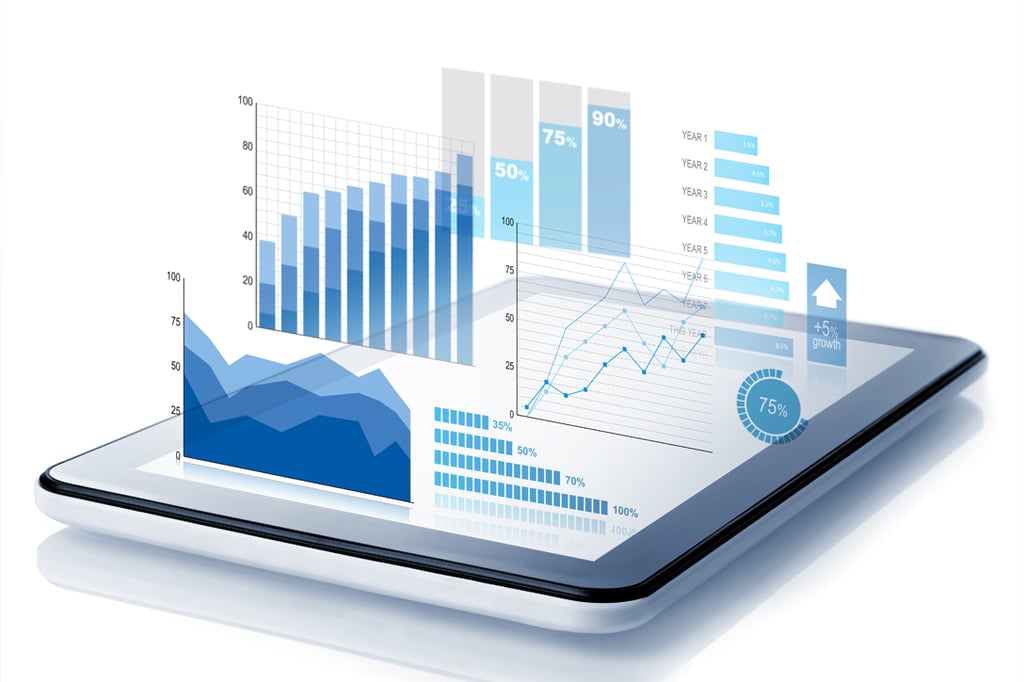One million cloud integrations a day: Dell Boomi recently announced its Atomsphere cloud-based platform has topped that milestone.
While I’m sure there’s a certain amount of bragging in Dell Boomi announcing that number, it also points to the growth of cloud, as founder and general manager Rick Nucci attests in an Integration Developer News article.
“The numbers reflect good traction for cloud integration. We’re seeing many more first time users, and an escalation in use by those already using cloud integration,” Nucci told IDN. “The volume of data is also growing dramatically, as many integrations represent handling large data files or complex, multi-process workflow integrations.”
It made me curious about the current numbers on cloud and SaaS integration. Let’s take a look.
Growth
There’s no question cloud adoption has grown. But how does that relate to integration?
42 percent. Integration done on premise as compared to several years ago, when a similar survey by Dell Boomi found 72 percent of application integration was done on-premise, and only 28 percent was handled in the cloud.
90 percent. International SaaS vendors out of 200 who consider integration critical to driving top-line revenue, according to a MuleSoft and THINKstrategies survey. By comparison…
89 percent. SaaS vendors who, two years ago, said integration was important or extremely important to winning new customers.
Integration Troubles
There’s no question integration is in demand when it comes to SaaS and the cloud, but why? It’s probably because it’s so gosh darn hard and expensive to accomplish.
63 percent. Respondents out of 200 who reported data loading and integration are the most time-consuming aspects of customer implementation, according to the Mulesoft/THINKstrategies survey.
33 percent. Executives who say the implementation/transition/integration costs of SaaS and cloud are too high, according to KPMG research that queried 674 senior executives at large and mid-sized companies.
31 percent. Executives from the same survey who said the main challenge was integration with existing architecture. Interoperability was also a concern with 26 percent of those surveyed.
Why is it so hard?
MuleSoft’s survey of more than 200 SaaS and cloud vendors offers us a clue.
Handcoding. Forty percent of SaaS and cloud vendors are developing point-to-point, custom integrations in house in order to connect to other applications and systems.
Lack of in-house skills. Forty-four percent of the vendors said their inability to integrate with customers’ existing systems and applications is a hurdle during sales conversations.








